1. Serengeti National Park
The sound of pounding hooves on the Serengeti Plains draws closer, suddenly, thousands of animals stampede by as the great wildebeest migration one of earth’s most impressive natural spectacles plays out.
Despite the drama, time seems to stand still in this superlative park. Lions sit majestically on lofty outcrops. Giraffes stride gracefully into the sunset, crocodiles bask on river banks. Wildlife watching is outstanding year-round. Whether you stay for two days or a week, it never seems to be long enough to take in all the Serengeti has to offer.
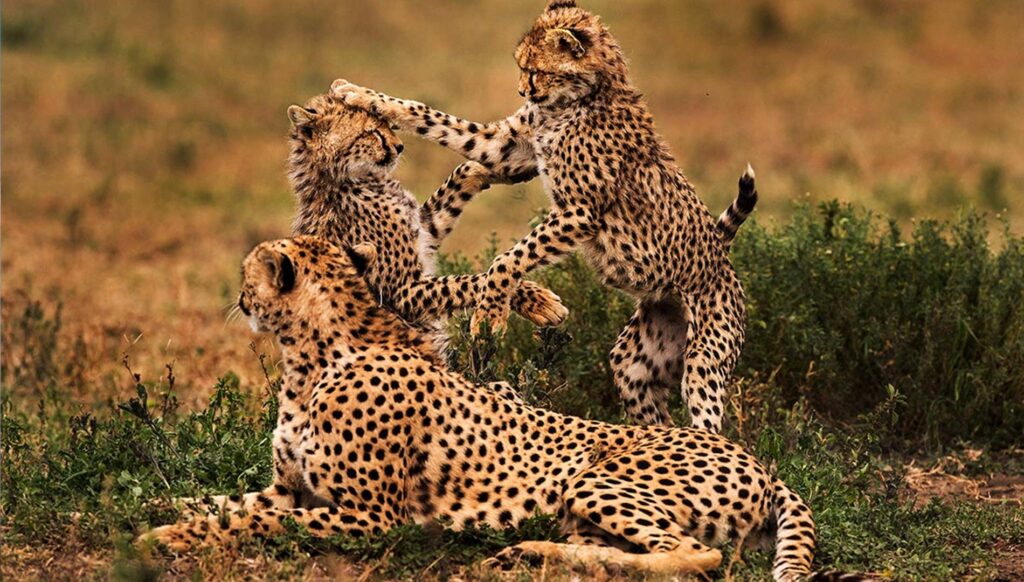
2. Ngorongoro Conservation Area
The magic of Ngorongoro starts while you’re up on the rim, with its tangled forest wreathed in mist and sublime views over the enormous crater. From here, descend on to a wide plain cloaked in hues of blue and green and teeming with wildlife. It’s easy to imagine primeval Africa, with an almost constant parade of animals streaming past against a quintessential East African backdrop. Surrounding the crater are the magnificent Crater Highlands. Home to calderas, forests, open plains, and roaming wildlife.
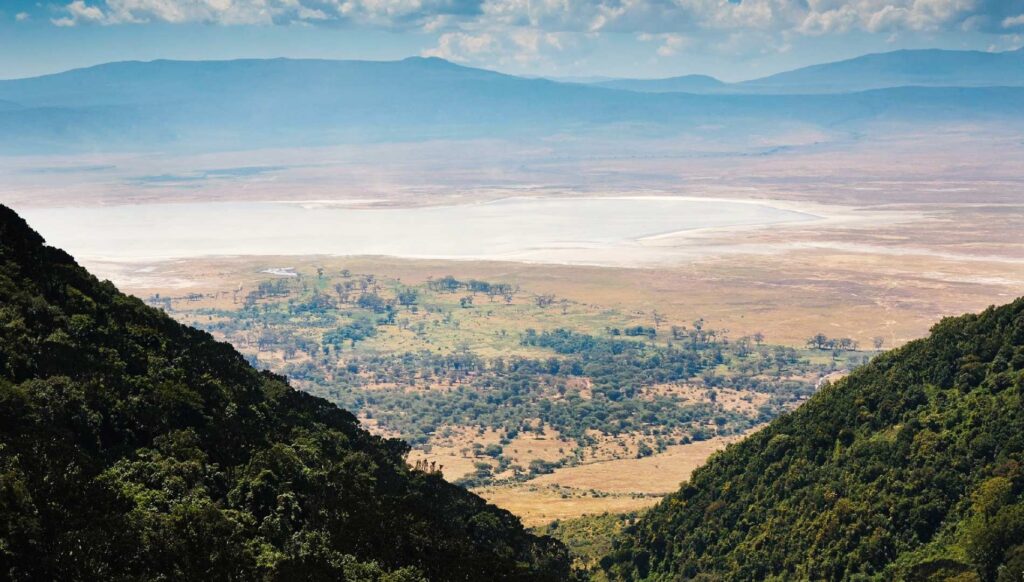
3. Mount Kilimanjaro
It’s difficult to resist the allure of climbing Africa’s highest peak, with its snow-capped summit and views over the surrounding plains. Thousands of trekkers complete the climb each year. With a main requirement for success being adequate time for acclimatization. But there are also other rewarding ways to experience Kilimanjaro. Take a day hike or bicycle on the mountain’s lush lower slopes, learn about local Chagga culture or sip a sundowner from one of many nearby vantage points with the mountain as backdrop.
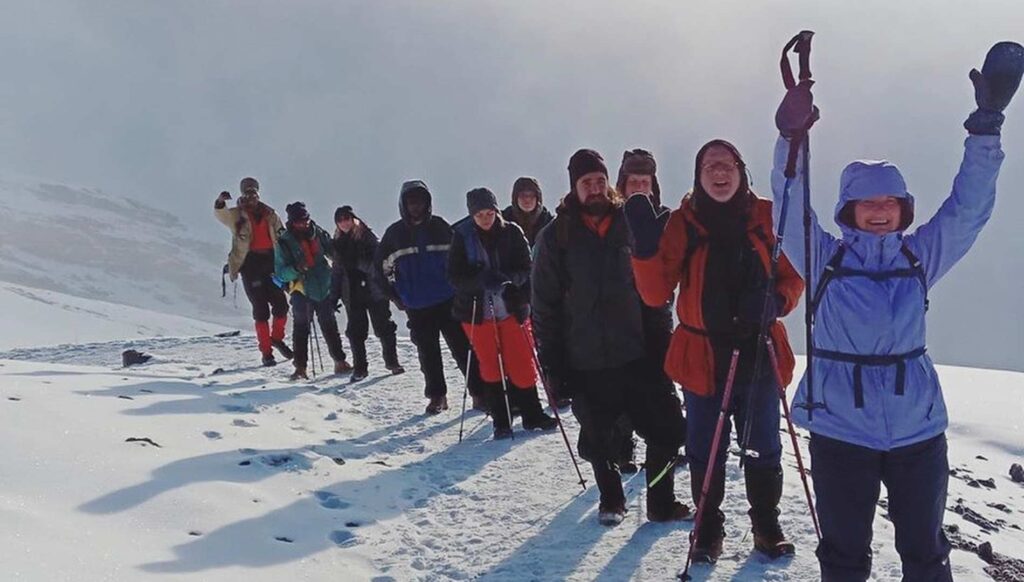
4. Zanzibar’s Stone Town
Whether it’s your first visit or your 50th, Stone Town the historic quarter to Zanzibar Town – never loses its touch of the exotic. First, take in the skyline, with its many minarets, the spires of St Joseph’s Cathedral, and the massive Old Fort. Later, wander through narrow alleyways, where surprises are revealed at every turn. Linger in dusty shops scented with coves, watch as men wearing white, robe-like kanzu play a game of bao, and Let Island rhythms take over as mainland life slips away.
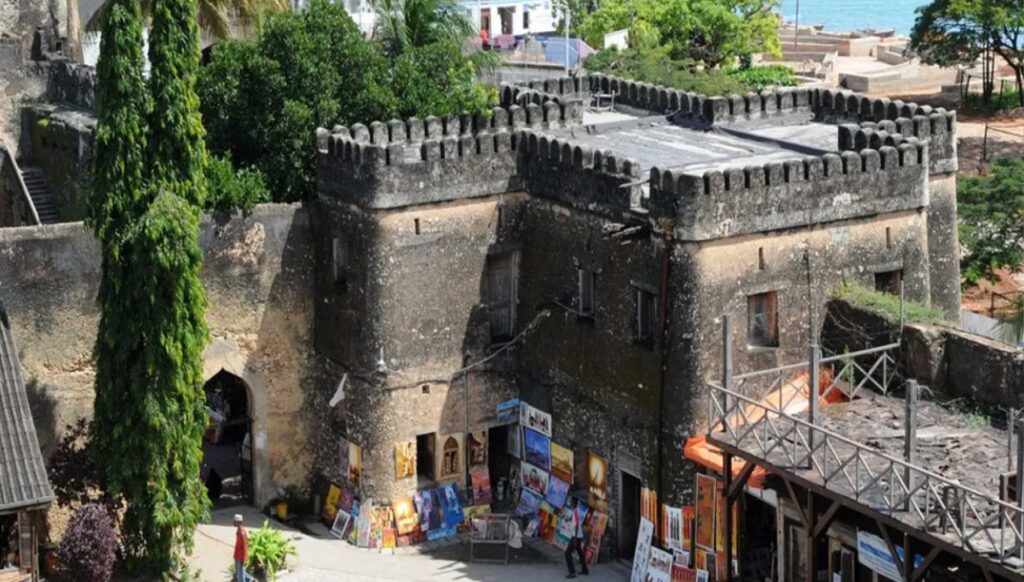
5. Beaches & Diving
With exotic archipelagos and over 1000km of Indian Ocean coastline, you’ll be spoiled for choice with Tanzania’s beaches, Zanzibar Island’s coastline is developed but lovely, with white sand, palm trees, and rewarding diving. To get away from the crowds, head to Mafia with its strong Swahili culture and diving. Pemba offers lush greenery. Placid coves and challenging dives, while the mainland near Pangani has beaches and ruins. In the far south, between Kilwa Masoko and the Mozambique border, be sure not to miss tiny Mikindani lively Lind. Nungwi.
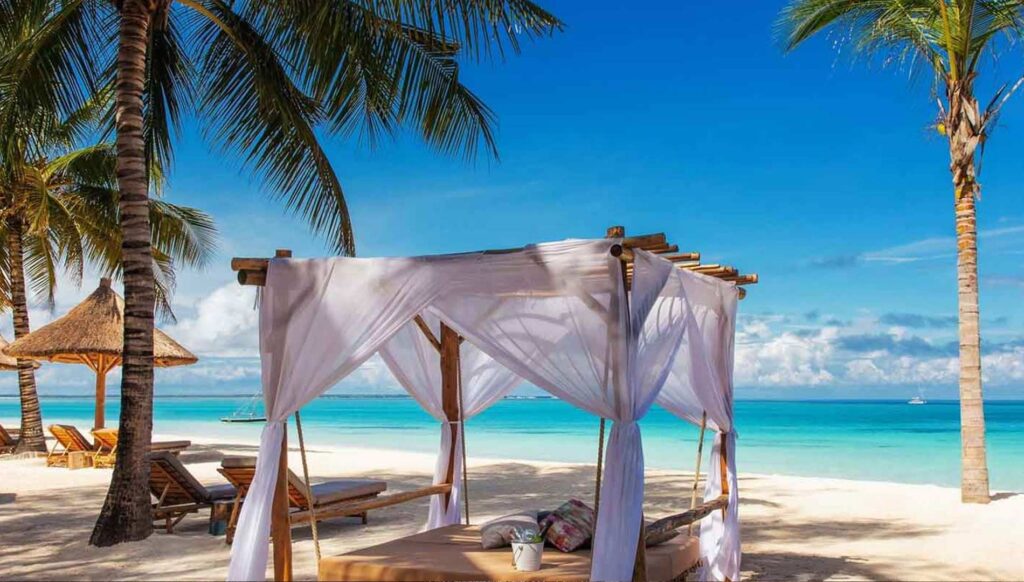
6. Selous Game Reserve
Vast Selous, with its tropical climate, a profusion of greenery, and the massive Rufiji River, is a complete change pace from Tanzania’s northern parks. Take a boat safari, and as you glide past Borassus palms, lumbering hippos, cavorting elephants, and the stealthy shapes of motionless crocodiles watch as well for the many smaller attractions along the riverbanks. These include majestic African fish eagles stately Goliath herons and tiny white-fronted bee-eaters all part of the daily natural symphony in Africa’s largest wildlife reserve.
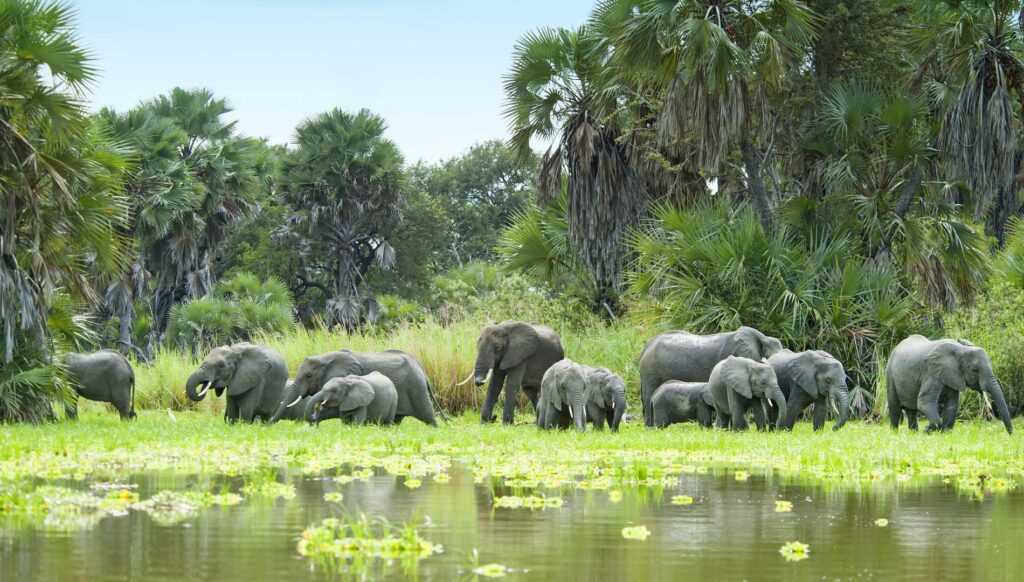
7. Ruaha National Park
Rugged, baobab studded Ruaha National Park, together with surrounding conservation areas, is home to one of Tanzania’s largest elephant populations. An ideal spot to watch for the giant pachyderms is along the Great Ruaha River at sunrise or sundown, when they make their way down to the banks to snack or to swim in the company of hippos, antelopes, and over 400 different types of birds. A journey through the surrounding Southern Highlands is far removed from the more popular northern circuit and unfailingly rewarding.
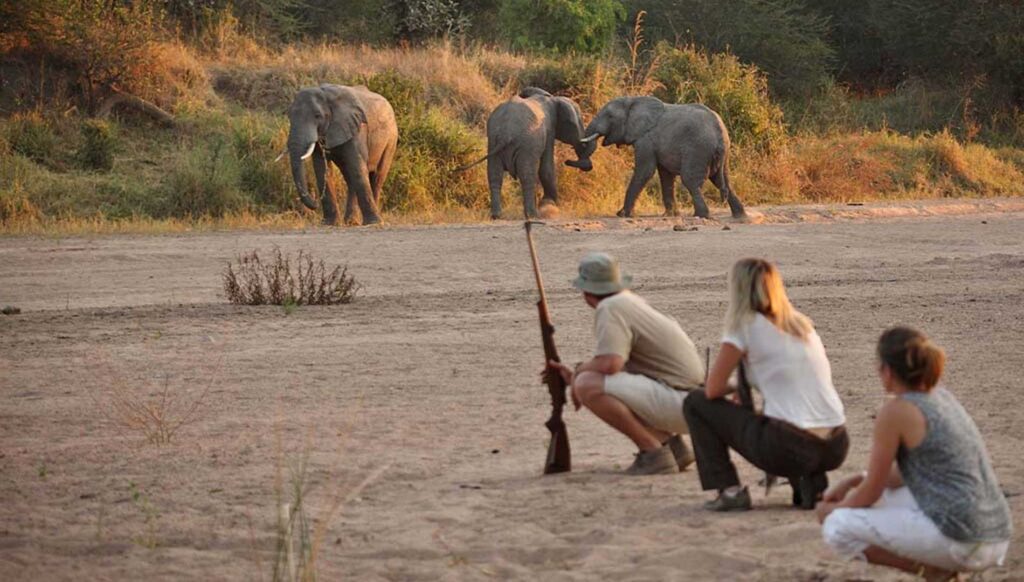
8. Local Life
Abundant wildlife, forest-clad mountains, lovely beaches and Swahili ruins are but a backdrop to Tanzania’s most fascinating resource- its people. Tanzanian cultural resource- its people. Tanzania culture is accessible and diverse: hunt up cultural tourism programs to get acquainted with the Maasai, learn about the burial traditions of the Pare and experience a local market day with the Arusha people. The Usambara area with its lively markets and hill cistus, is one of many good places to start your explorations. Wherever you go. Tanzania’s rich cultures are fascinating to discover.
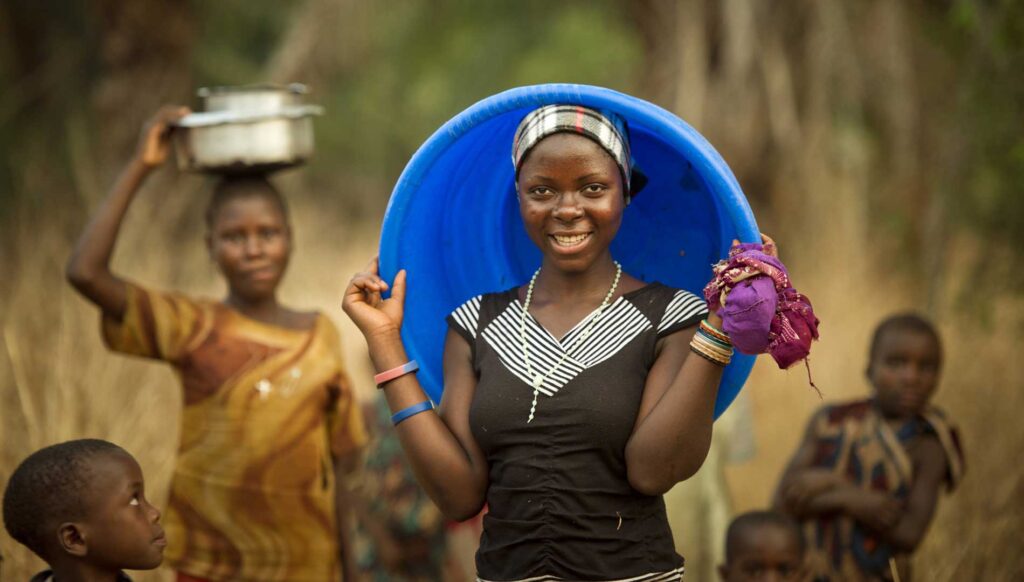
9. Chimpanzee Tracking
Climb steep muddy paths, stumble over twisted roots and make your way through dense vegetation-chimpanzee tracking is hard work. But the struggle and sweat are all forgotten once you spot the chimps, Tanzania’s remote western parks- the Mahale Mountains and Gombe are among the best places anywhere to get close to our primate cousins. Combine chimpanzee tracking with a safari in Katavi National Park or an exploration of the Lake Tanganyika shoreline for an unforgettable adventure well off the beaten track.
10. Ruins & Rock Art
Tanzania offers a wealth of attractions for history buffs. The most impressive of the many coastal ruins are those at Kilwa Kisiwani Umesco World Heritage Site harking back to the days of sultans and far-flung trade routes and far-flung trade routes that linked inland goldfields with Persia. India and China. Standing in the restored Create Mosque, you can almost hear the whispers of bygone centuries. Inland, armed with a sense of adventure and a taste for rugged travel, head for the enigmatic Kondoa Rock- Art Sites, spread throughout central Tanzania’s Irangi hills.
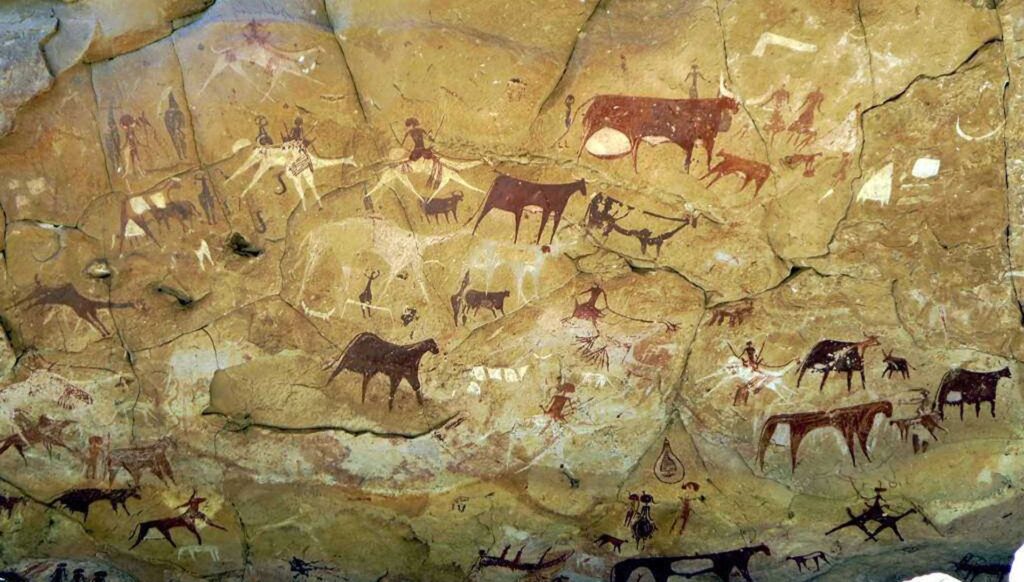
11. Lake Victoria
Lake Victoria – Africa’s largest lake and the world’s second-largest freshwater lake- is well off most Tanzania itineraries, but a delight to explore, Rubondo Island National Park, with its African fish eagles abundant water birds, and tranquility, is a particular highlight.
Prosperous Bukoba, near the heartland of the ancient Haya kingdom, is also well worth exploring. Other attractions include lively Musoma, with its mix of tribes and pretty vistas’ busting Mwanza, the main shore’ and the fascinating Bujor museum of Sukuma culture. African darter, Rubon- do Island National Park.
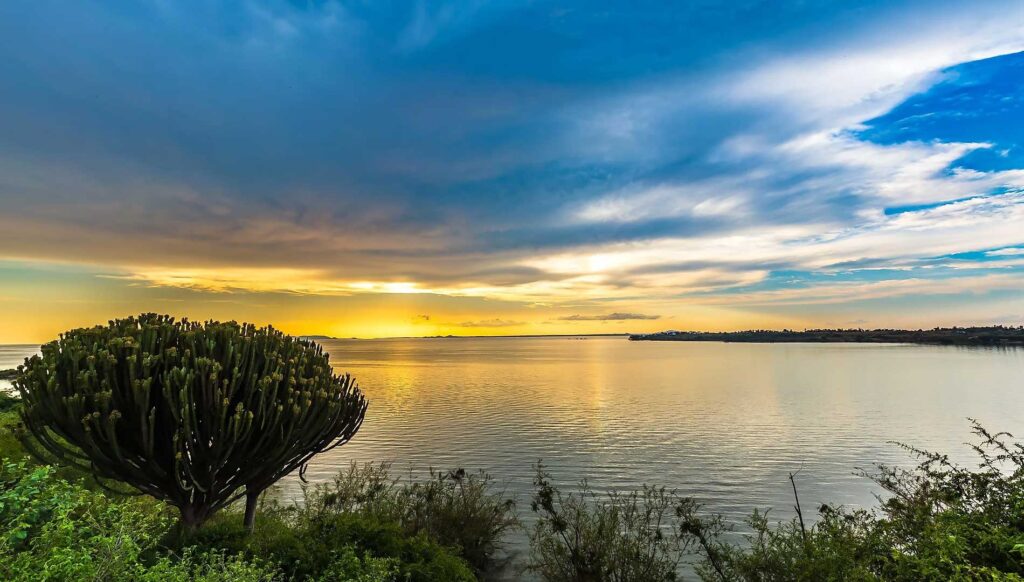
PLAN YOUR TRIP
Active Tanzania
Tanzania offers its famous wildlife Safaris, plus much more, with diving, snorkeling, bird watching, kite surfing, chimpanzee tracking, cycling, hiking, and trekking just some of the highlights. Plan your holiday around one of these options. Or sample several.
Tanzania’s Best
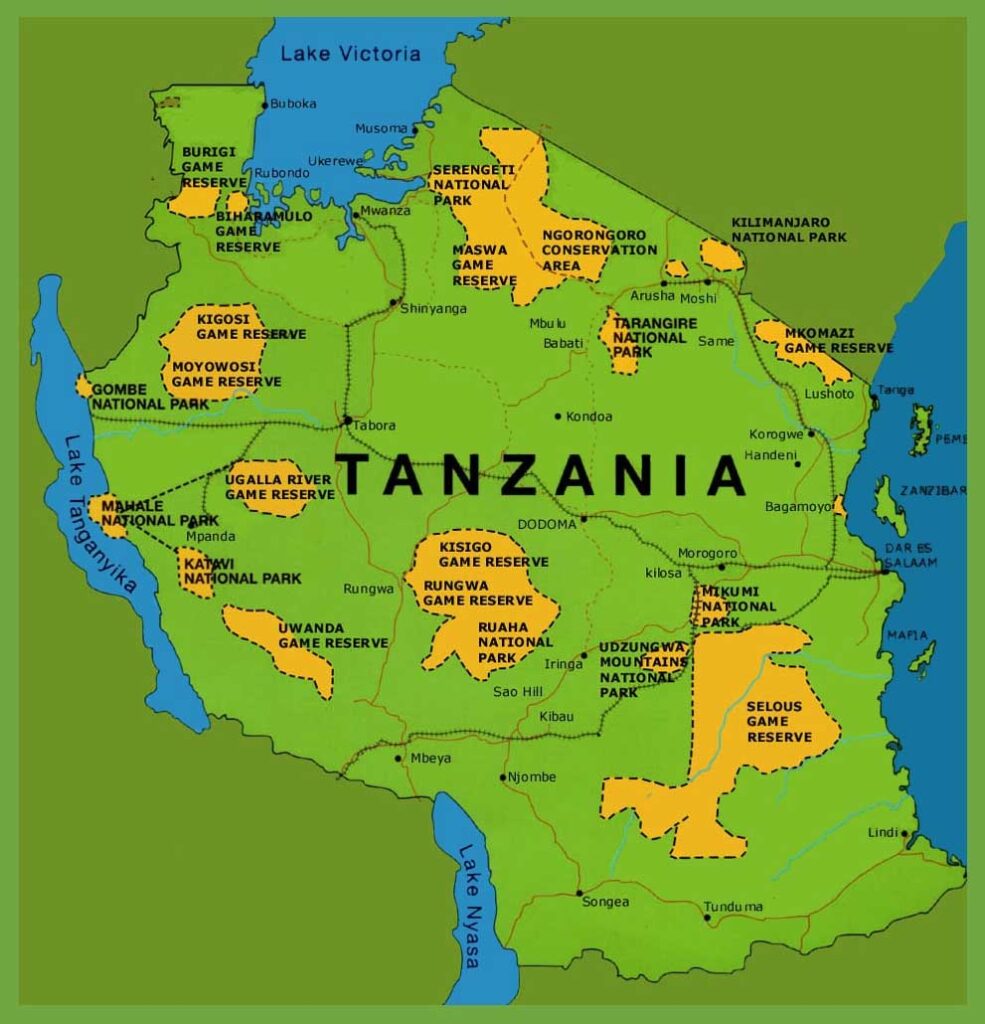 Wildlife Safari
Wildlife Safari
Serengeti National Park, Ngorongoro Conservation Area, Tarangire National Park, Selous Game Reserve, Ruaha National Park, Mikumi National Park
Trekking & Hiking.
Mt Kilimanjaro, Mt Meru, Usambara Mountains, Crater Highland
Diving & Snorkeling
Zanzibar, Pemba Island, Mafia Island Marine Park.
Walking Safaris
Selous Game Reserve, Ruaha National Park Mikumi National Park
Bimes to go
Trekking and hiking June through February Diving and snorkeling September through February
Walking safaris June through October Birding any time, but best from December through June.
Trekking & Hiking
Tanzania has rugged, varied terrain and a fine collection of peaks, rolling hills, and mountain ranges. Landscapes range from the forested slopes of the sheer volcanic cliffs of the inner wall of Mt Meru’s crater, the rolling hill landscapes of the Usambaras, and the final screen-slop ascent of Mt Kilimanjaro. Treks and hikes range from village-to-village walks to bush hikes.
Throughout the country, almost all trekking can be done without technical equipment, by anyone who is reasonably fit. How- ever, most excursions- and all trekking or hiking in national parks and wildlife areas require being accompanied by a guide or ranger. This usually also entails adhering to set (sometimes short) daily stages.
Booking
General booking considerations are similar to those for safaris. The best places for booking Kilimanjaro treks are Moshi and Marangu, followed by Arusha. Meru treks can be organized independently with park staff at the gate, or booked in Arusha if you’d all be going through a trekking operator. Treks in the Crater Highlands and climbs up Ol Doinyo Lengai are best organized in Arusha.
Coasts
Treks on Kilimanjaro and in the Crater Highlands are expensive. Most other treks in Tanzania can be done on a reasonable budget with a bit of effort, and a few are cheap. The following are among the least-expensive trekking areas, all of which are accessible via public transport:
Usambara, Pare, and the Uluguru Mountains All can be done as part of local cultural tourism programs or independently (a guide is recommended): no national park fees.
Mt. Hanang and Mt Longido Both can be climbed as part of local cultural tourism programs: no national park fees.
Udzungwa Mountains National Park Main costs will be for park entry and guide fees.
When to Go.
The best times for during the dry, warmer season from mid-December to February, and the dry, cooler season from June to October. The least favorable time is from mid-March to mid-May when the heaviest rains fall. That said, trekking is possible in most areas year-round, with the exception of the Udzungwa, Usambara, Pare, and the Uluguru Mountains, where conditions become extremely muddy during the March to May rains.
Types of Treks
Stage-by-stage fully equipped trekking accompanied by guides and porters is the norm for treks on Mt. Kilimanjaro and Mt. Meru (although climbing Meru doesn’t require porters). Ol Doinyo Lengai is also a relatively structured and generally fully equipped venture, given the rugged conditions and difficulties of the lesser extent the Pares, involve comparatively easy village-to-village walks where you can stock up on basic food items as you go along. Most other areas are somewhere in between, requiring that you stock up in advance on basic and have a conditions

